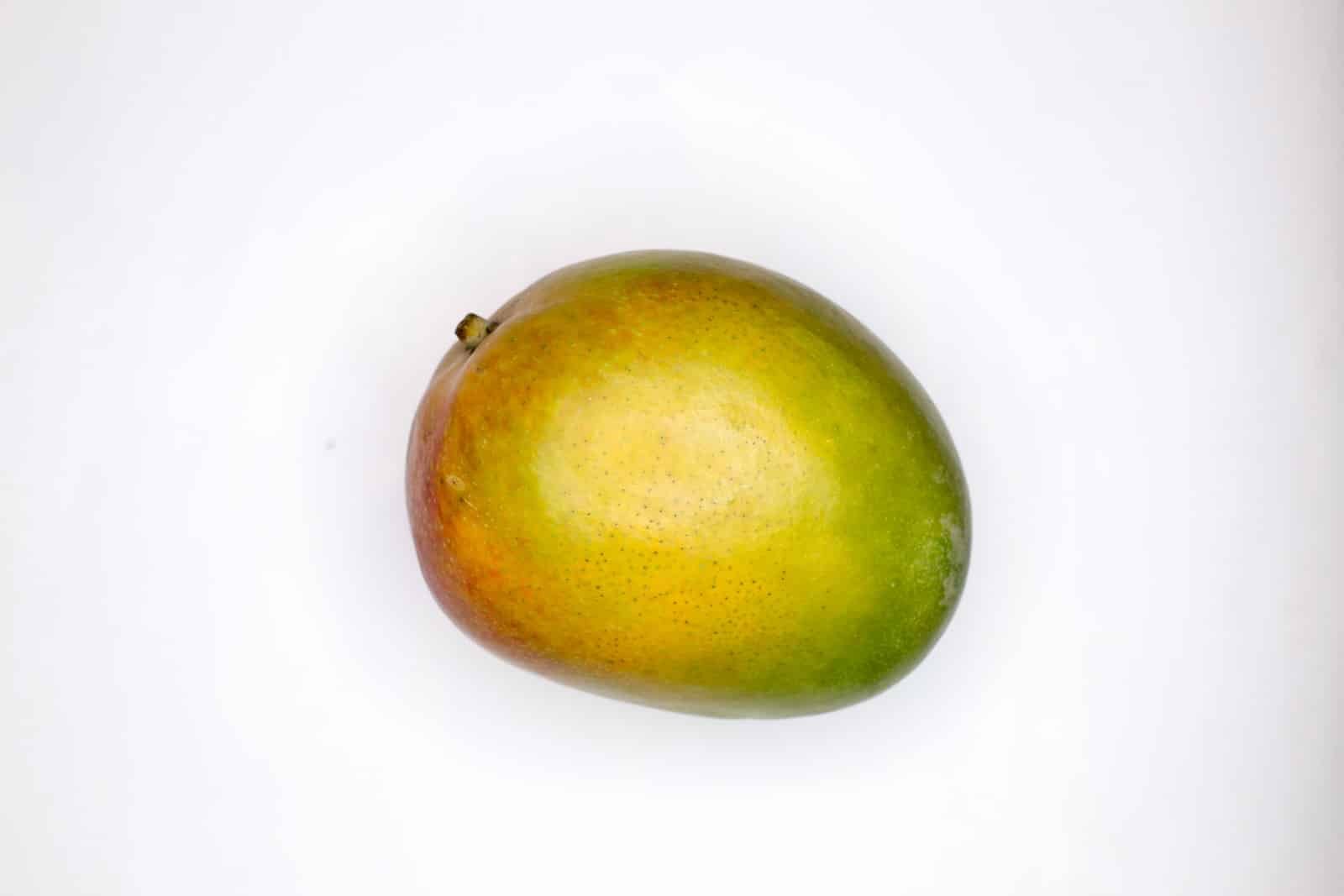Today, we’re slicing into a question that I’ve heard batted around the playground, the office, and even at the dinner table: Can you eat mango skin?
Mangoes are like the superstars of the fruit world—packed with flavor, nutrients, and that vibrant color that seems to scream, “Summer is here!” But when it comes to the skin of this tropical delight, there’s a bit of mystery and a lot of curiosity. So, let’s peel back the layers of this question and see what’s really beneath the surface.
In a nutshell, yes, you can eat mango skin. It’s not the culinary norm in many cultures, but it’s entirely possible and not inherently harmful. The skin of a mango is rich in nutrients and dietary fiber, which can be beneficial for your digestive system. However, before you go munching on a mango like it’s an apple, there are a few things you should consider.
First, let’s talk about the good stuff. Mango skin contains compounds like mangiferin, norathyriol, resveratrol, and various polyphenols and carotenoids. These are some heavy hitters in the world of antioxidants and could potentially offer anti-inflammatory benefits, among other health perks. Plus, the high fiber content in the skin can help keep things moving along your digestive tract.
But here’s the peel—I mean, the deal. Mango skin also contains urushiol, the same compound found in poison ivy and poison oak. For some people, this can cause an allergic reaction known as contact dermatitis. If you’ve ever had a reaction to poison ivy, you might be more susceptible to a similar response from mango skin.
Additionally, mangoes are often sprayed with pesticides and may have residue on the skin, which is another concern if you’re considering eating it. Washing your mangoes thoroughly or opting for organic options can help minimize exposure to these potentially harmful chemicals.
Let’s not forget about the sensory experience. Mango skin is tough and can be bitter, which might not be everyone’s cup of tea. The texture and taste may not align with the succulent, sweet flesh we all love, and it could turn some people off from trying it at all.
If you’re feeling adventurous and want to try eating mango skin, here’s how you can do it safely:
If eating mango skin doesn’t sound appealing, don’t fret. You can still benefit from the nutrients in mangoes by enjoying the flesh. And there’s no waste here—you can compost the skin or even boil it to make a tea infusion that lets you savor those nutrients without the bitter taste.
Now, while the CDC and FDA don’t have specific guidelines on eating mango skin, they do provide general recommendations on fruit consumption, handling, and food safety. According to the FDA, washing fruits under running water and scrubbing firm-skinned fruits like mangoes is crucial to remove bacteria and pesticide residues.


